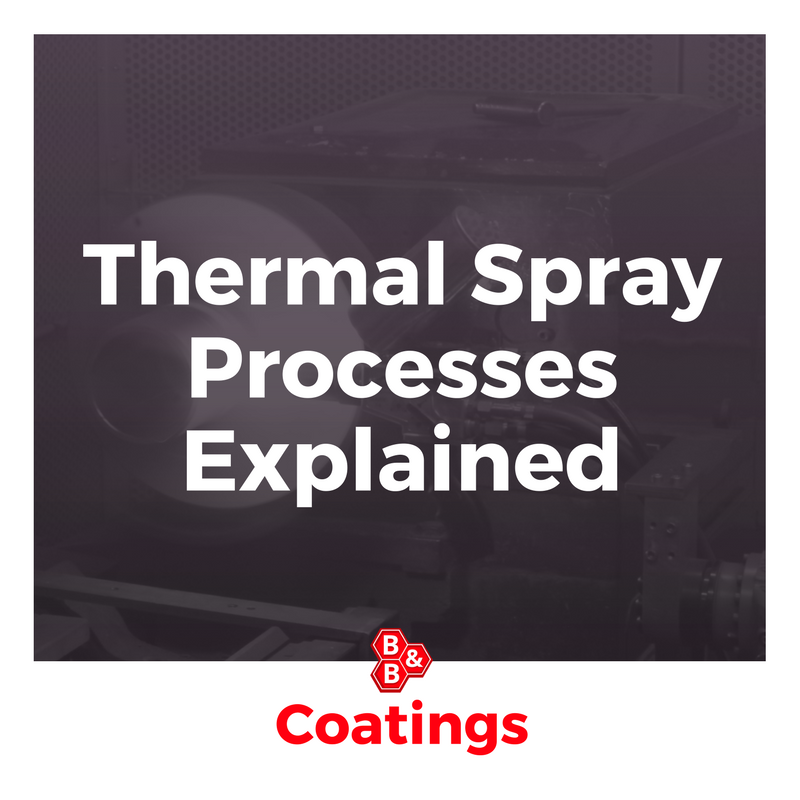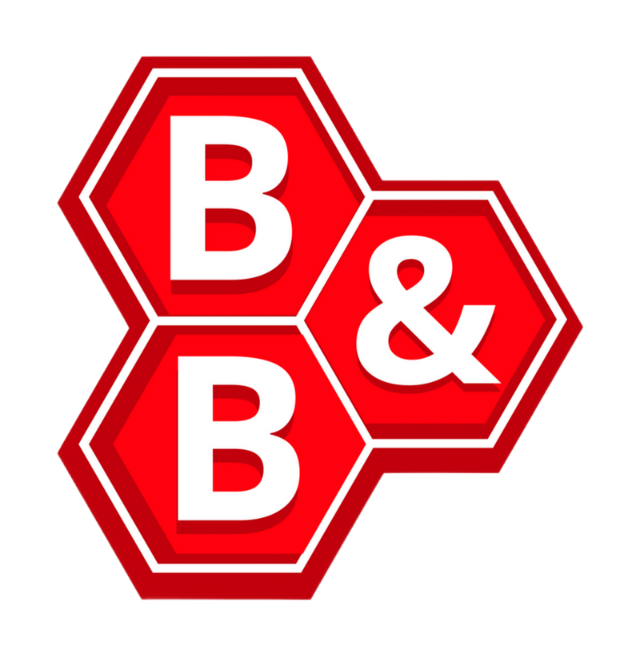
Thermal Spray is a category of processes which all involve the application of coatings which are heated up and in some method ‘fired out’ at the component. There are four different processes encapsulated in Thermal Spray Processes. Here is an explanation on what they all are and their differences.
HVOF
HVOF or High Velocity Oxygen Fuel uses a combination of heat and pressure to coat materials. Oxygen is mixed with either a liquid or gas and combusted in a chamber where it heats and expands until its forced out at supersonic speeds. HVOF was designed using jet engine technology and can produce velocities of MACH 3. Coating is ground up into powder and shot out at such high velocity it bonds with the metal. This forms a very high strength bond, often impregnating the metal.
Flame Spraying
This follows the same principle of HVOF only at lower velocities. Heat is generated by combusting a fuel gas and oxygen mixture which heats up the coating. Coatings for flame spraying can be either wire or powders. The compressed air is used to propel the coating towards the component. Generally these coatings aren’t as good as HVOF in terms of bond strength and porosity levels but you can create a solid coating at a lower cost point.
Plasma Spraying
Plasma spraying is considered one of the more flexible thermal spraying techniques. It uses a DC electric arc in order to form a high temperature plasma gas. This in turn heats up the coating powder as it’s fed into the plasma jet. Inert gas is then fed into a torch which creates the velocity needed to bond the coating to the component. Plasma Spraying is especially good at producing coatings for materials with high melting points.
Arc Spraying
Arc Spraying is the thermal technique that often has the highest productivity rate. A DC electric arc is placed between two wires of coating material. These wires melt which form the spray material and compressed gas is used to compress atomize the coating material and propel it towards the component. This will often give you a better bond and porosity rate compared with flame spraying but can sometimes produce arc light, ozone and fumes.
This is a broad overview of the different processes, for more information on Thermal Spray Coatings or to see if the process is right for your application, get in touch with us today. mail@bandbprecision.co.uk 01484 866386


Comments are closed